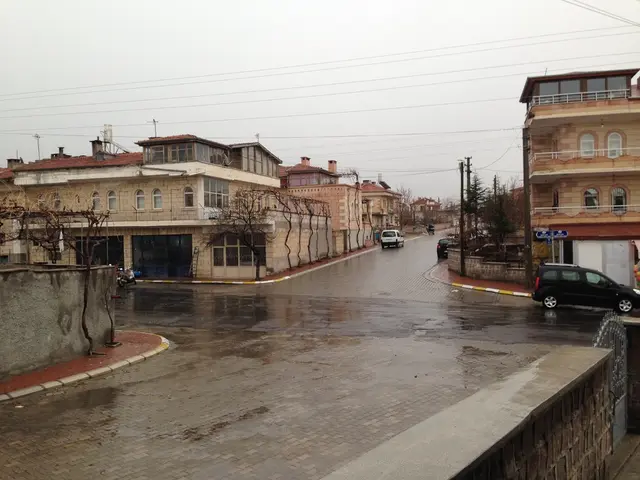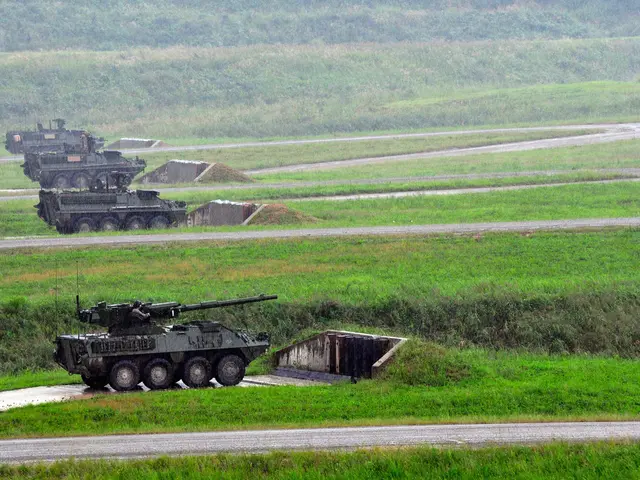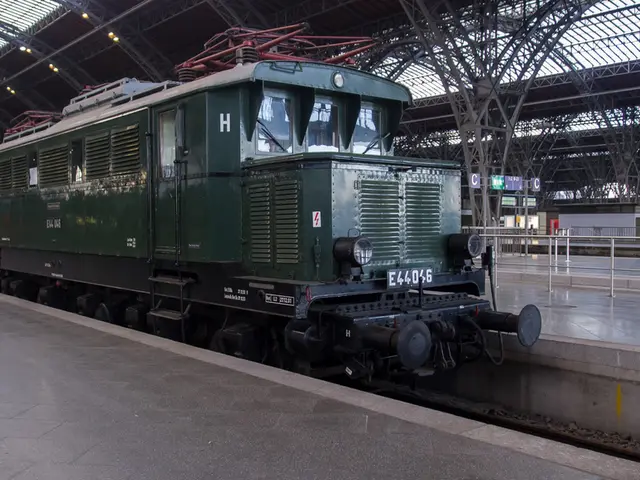Red Route to Regain Significance with Pfaffensteiner Tunnel Renovation
Regensburg's 'red route', introduced in 2004, is a key pedestrian and transport route designed to enhance the city's accessibility and visitor guidance. It's set to regain significance with the upcoming renovation of the Pfaffensteiner Tunnel.
The 'red route' is triggered when traffic jams are expected to last longer than 90 minutes. It leads from the A3 interchange at Beratzhausen, bypassing the Pfaffensteiner Tunnel, to the A93 interchange at Ponholz. This route was established to alleviate congestion around the Pfaffensteiner Tunnel, which sees around 70,000 vehicles daily.
The 'red point' on highway signs in Northern and Eastern Bavaria indicates a large-scale detour route, with the 'red route' in the Regensburg area being a specific example. The concept of large-scale detours, indicated by blue points or rings, was first introduced during the 1972 Olympic Games in Munich. Meanwhile, the blue detour route from the A3 at Straubing via the B20 to the A8 at Piding is now of little significance and is no longer officially promoted.
With the planned renovation of the Pfaffensteiner Tunnel starting in 2029, the 'red route' is likely to regain importance in managing traffic flow in the Regensburg area.
Read also:
- UK automaker, Jaguar Land Rover, to commit £500 million for electric vehicle manufacturing in Merseyside
- Standard Nuclear & Framatome Join Forces to Boost TRISO Fuel Production by 2027
- XPeng Boosts Leadership, Vienna's EV Interest Surges, Used EV Market Shifts
- Tesla's 37th week update: Stock remains steady, potential successor for Musk, unveiling of new megapack, fuel reveal delayed until IAA event








